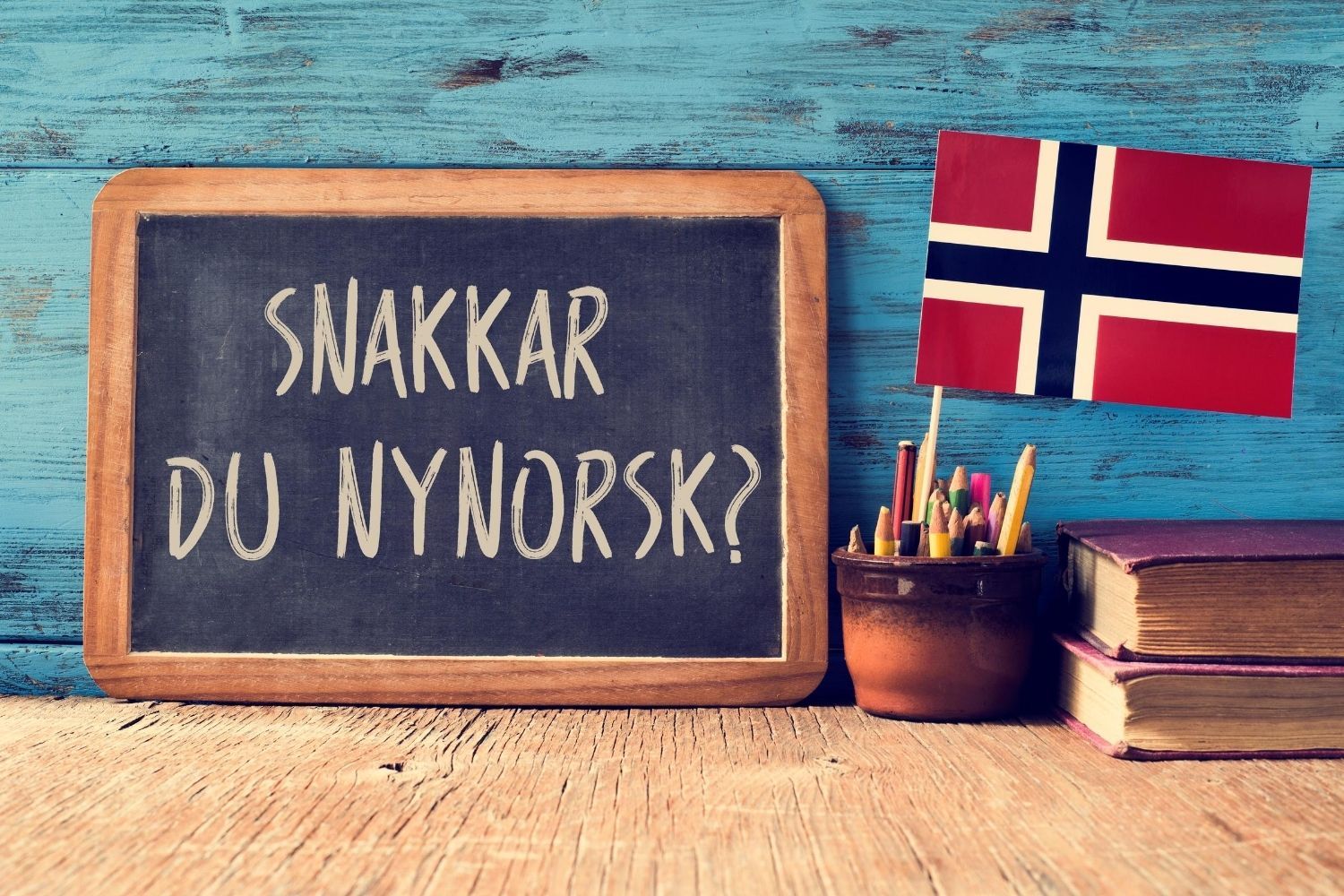Learning a different language can be a lot of fun. Not only is it a mark of distinction among your group of mates, but it also opens the door to interactions with a completely different set of cultures. With that said, some languages are easier to learn than others. Here’s a list of 7 most difficult to learn languages in the world. If you have managed to learn any of these languages, congratulations! You’re worthy enough of taking up challenges.
Arabic
Arabic, belonging to the Afro-Asiatic language family, includes both the literary language and varieties of Arabic spoken across the Middle East, North Africa, and the Horn of Africa. The language is contained in a complex and unusual method of constructing words from a basic root. For instance, nouns in Literary Arabic have three grammatical cases, three numbers, two genders and three “states” which give this language its spot in this list.

Danish
Danish is a North Germanic language spoken by almost 6 million people. The sound system of Danish is in many ways considered unusual among the world’s languages, which makes it one of the hardest languages to learn, as the spoken language usually does not sound anything like its written version.
Specifically, speaking Danish is a different story. The biggest limiting factor in learning to speak the Danish language are the Danes themselves. Danes have enormous difficulties in understanding foreigners. The majority of Danes seem to be incapable of understanding even the slightest mispronounced word or improperly conjugated verb or noun. They also appear to have incredible difficulties in picking up what someone is trying to say who has an accent.

Norwegian
Norwegian is a North Germanic language spoken primarily in Norway, where it is the official language. It is among the world’s languages that are the most difficult to learn how to speak well. No officially sanctioned standard of spoken Norwegian is in place, and most Norwegians speak their dialect at any given time.
Some of the most challenging aspects when learning the Norwegian language include the pronunciation of the letter ‘R’, which is a big deal, some Norwegian letters which lead double lives, many other pronunciation exceptions, the meaning of the term which depends on the tone, many different dialects of the language and so on.

Japanese
Japanese is an East Asian language spoken primarily in Japan. According to documents, Chinese had a considerable influence on the vocabulary and phonology of Old Japanese.Since 1945, it has borrowed a large number of words from English, especially vocabulary relating to technology. One major reason which makes the language so difficult to learn is that like Chinese, the written code is different from the spoken code. Also, Japanese has an extensive grammatical system to express politeness and formalities making it a ‘sensitive’ language to learn.

Chinese
The Chinese language takes many forms that are not mutually intelligible. This language is spoken by about a fifth of the total world population and is considered among the most difficult languages to learn. The relationship between the spoken and written Chinese language is complex. Its written form has no clues as to how it is actually pronounced. The tone system also is a pain because there are plenty of homophones in Chinese only distinguishable by the four tones. Even this is often not enough unless the actual context and exact phrase are identified.

German
German holds the largest number of native speakers within the European Union. It is a language which contains several standard dialects, both in its spoken and written forms. As an inflected language with three grammatical genders, it has a large number of words deriving from the same root. Vowels can be much of a problem. Front rounded vowels and short/long variants create a lot of confusion when you mispronounce them.

Greek
As an independent branch of the Indo-European family of languages, the Greek language features the longest and most documented history. Along with its history, it’s syllabic structure has remained all-the-more constant. It has a mixed syllable structure aggregating relatively complex combinations of sounds.

